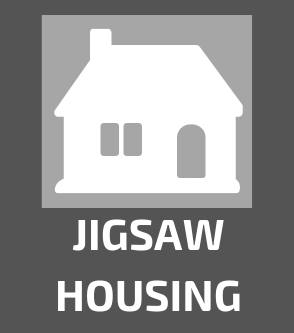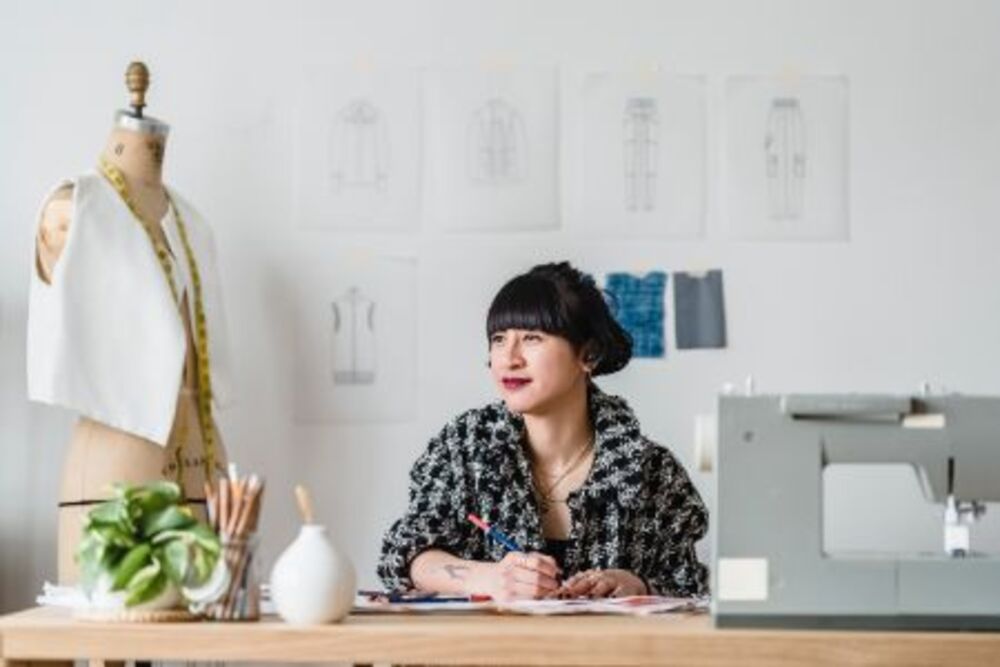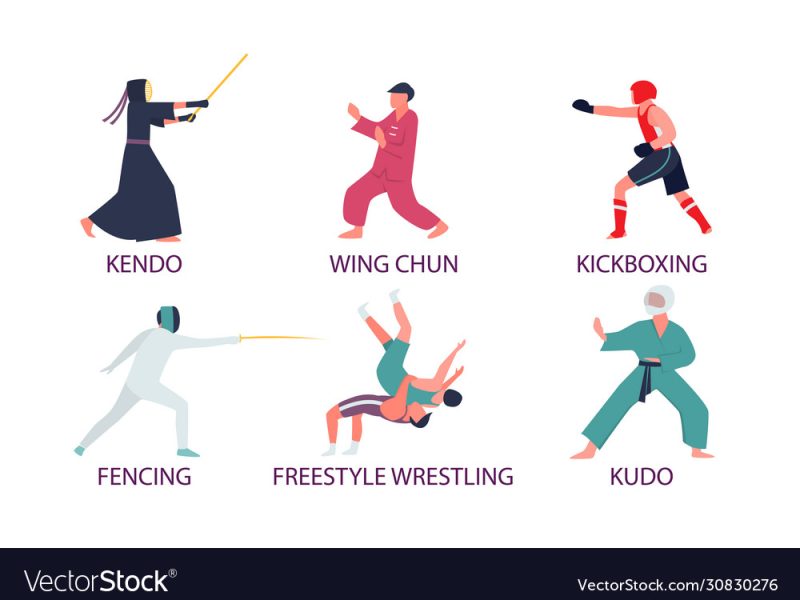A sewing machine is an appliance that is used to make and repair clothing, curtains, quilts, and other items. There are many different types of machines that you can choose from. You can choose from Double-needle or Post-bed machines, as well as Serger.
Overlock
These machines make a great addition for any sewing room. They are fast, easy to use and can handle a wide range of fabrics. In addition, they can create beautiful decorative edges.
Overlock machines are used to make seams and hems look more professional. They work by trimming the seam allowance and creating loops. Some overlock machines can also be called sergers. This means that they can be used to finish seams. Check out for the best sewing and embroidery machine.
Some overlock sewing machines are equipped with color coded threading guides to make it easier to determine how to thread the machine. You can learn how to thread the machine if you are new to the technology by watching a video or following the instructions.
Overlock sewing machines are used for edging knits, hemming and finishing fabric edges. These machines can also be used to create decorative stitch designs. This is especially useful if you want to finish your garments with ruffles or decorative edges.
Most overlock sewing machines come with an inbuilt blade that helps remove excess fabric. These devices can also be used for free-arm finishing. Their beds are also removable, making it easier to store them. Other features include suction cups, a spool cap and a cleaning brush.
The presser foot of an overlock machine is long and can adjust to the weight of the fabric being stitched. It is usually located on the right side, near the handwheel. Rubber feet keep the machine in place and make the stitch more precise.
Overlock sewing machines come in many styles, sizes, and thread counts. You will want to choose the right model for you. Check the manufacturer’s warranty for any parts you may need and ask the dealer about services and repair.
If you are new to overlocking, it is important to choose a machine that is affordable and easy to use. You should also consider the possibility to adjust tension.
For a better quality stitch, try an overlocker with a higher stitch capacity. For example, a four-thread overlock is more powerful than a two-thread model. A double-thread model is more suitable for edging light fabrics.
Double-needle
A double-needle sewing system has many benefits. One of the most important features is the ability to sew two parallel lines simultaneously. You will also be able to achieve a superior result.
Double-needle sewing machines are also good for free motion quilting and pintucks. To get started, you can choose from a variety of models and features. Some include a dual thread spool holder or a needle bar with a bobbin winder. Other models, such as Janome, offer a twin-needle setting.
A twin-needle sewing machine is not as complicated to use as you might think. You must be careful not to tangle the threads. You can also use a free-standing holder to hold the threads. To thread the machine, you can attach a pencil or straw to a spool holder.
Double-needle sewing machines are also used to make coverstitch hems. This type of stitching can be found in ready-to-wear collections. This can be achieved by adjusting the vertical strokes on the presser foot.
One of the first things to note when buying a double-needle sewing machine is the size of the needle. Standard gauges are either 3/8 inches or 1/4 inches. For thicker fabrics, you might need to purchase a stronger model.
The standard presser foot will accommodate a zig-zag stitch. A zig-zag stitch can be used to finish a hem. Unlike a cover stitch, a zig-zag stitch will enclose the raw edge of your fabric.
Decorative stitches are another nice feature of double-needle sewing machines. These stitches can be made in a variety colors. They can also be very intricate. So, how do you decide which decorative stitch to use?
A double-needle sewing system is a great solution to many sewing problems. However, it is important to choose a machine that offers the most options for your needs. Also, you should choose a model that has a wide presser foot opening for the best possible needle swing. This will allow you to sew two straight lines.
Post-bed
A type of sewing machine called a post-bed sewing machine is one that has a bed that sits on top the fabric and allows you to sew close to the edges. It is particularly helpful for difficult items and multi-layer materials.
Although the height of the column may vary between machines, the overall design makes it easier for you to work with tough materials. A post-bed is especially useful for sewing heavy weight materials, such as tents and truck covers.
Some post-bed sewing machines are equipped with built-in fabric shears, allowing for easier cutting of delicate pieces. They can also be customized to meet your specific requirements.
There are generally two types of post-bed sewn machines: single needle or double needle. These can be divided into the right and left side stitching beds (L and R), depending upon the direction of stitching. You can choose from different types of bobbins depending on the model.
Moreover, you can also purchase a post-bed machine with a smaller hook. A post-bed machine can help you sew items quickly and accurately, no matter how many seams you make.
Unlike traditional sewing machines, the post-bed has a curved design that allows it to be used with large products. However, the machine requires more skill to operate. For beginners, it’s recommended to practice a lot before tackling new projects.
If you’re interested in purchasing a post-bed machine, you can find a wide range of models at Konsew store. These include top-of-the-line models from well-known manufacturers.
The majority of machines have a compound feed, which allows for precise and easy feeding of materials. In addition, some models come with an extra large vertical hook, which makes it perfect for sewing medium-weight materials. You can also get machines with an automatic lifting lever that allows you to easily sew heavy materials.
Post-bed sewing machines are also available in manual, FIR, and Ho-Sing motors. Choosing the best one for you depends on the kind of fabrics you will be sewing. Post-bed sewing machines can be used for many different materials. However, it is important to read the instructions before you use the machine.
Serger
A serger can make your sewing time more productive. Although sergers don’t do all of the stitches you can do with a regular sewing machine, they do have some interesting features that you can use to make your projects more creative and unique.
There are two main types of sergers. The first type uses two threads to make a straight stitch. The other uses three or more threads to create a decorative stitch. Decorative stitches can be used to create patterns or add detail to a garment.
Some sergers come with special feet that can be used to add embellishment. These feet can be used for attaching beads, lace, pintucks and many other embellishments. Embroidery stitches are also available on some models. Although embroidery is typically done on a separate machine you can program the machine with certain patterns.
One of the most popular serger stitches is the overlock stitch. This stitch secures the edges of fabric and prevents fraying. It can be used with any fabric.
Another great feature of sergers is their ability to encase the seam allowance in thread. This prevents the seam from being pressed open. This makes it more durable.
Sergers also have a speed advantage in sewing. They can typically sew twice as many stitches per hour than a standard sewing machine.
A serger might be a good option if you have a large project. You can make large projects with anything, from sheets of bed linens to sheer panels that go in windows. Even the most basic models can help you save time and money on your projects.
Many sergers have a differential feed, which allows you to adjust the feed to accommodate knit and woven fabrics. You can also add a contrasting thread for a more decorative effect.
In addition, some sergers are equipped with a rolled hem feature. These machines can be used to make hems on quilts and dresses, as well as skirts and other garments. Some sergers can also be used to pipe. Some sergers also have a cover stitch. Using this stitch, you can encase the raw edge of a hem with interlocking threads.



